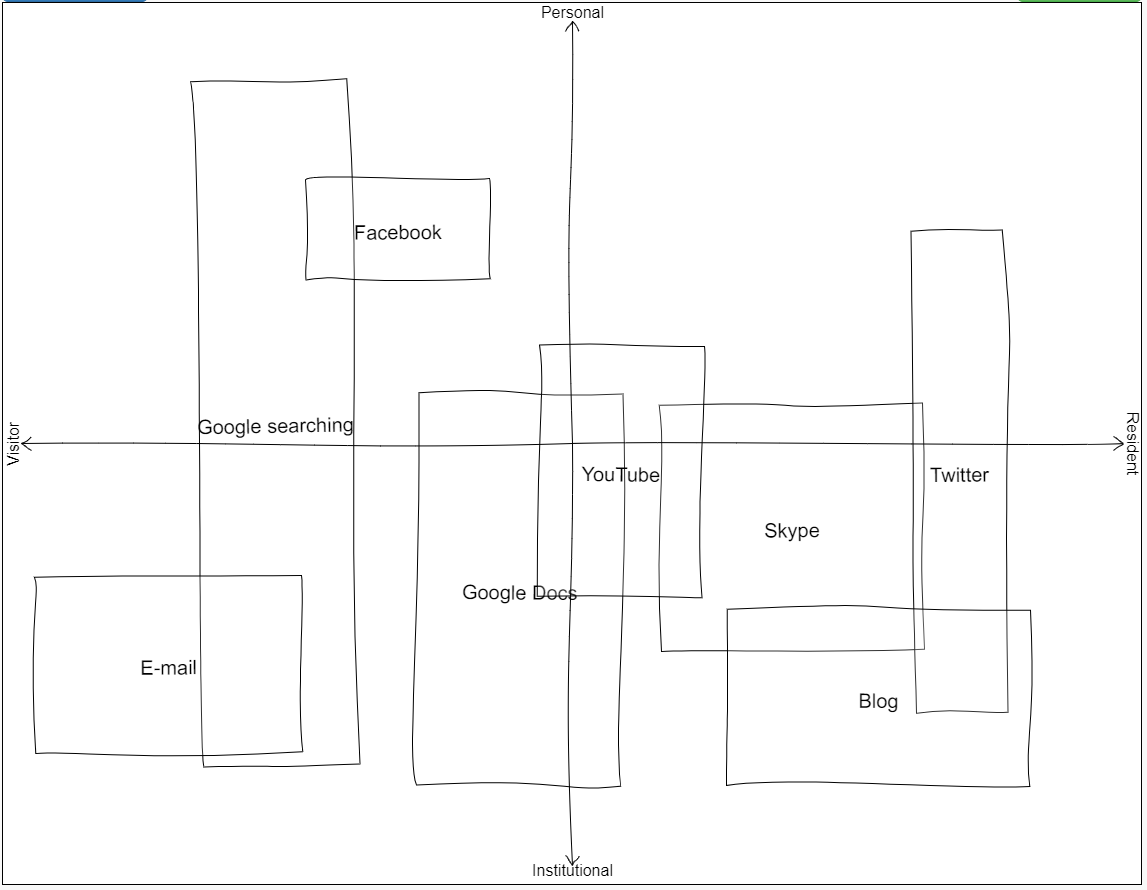– Community engagement is public communications – what are the benefits of a diverse and inclusive PLN in social media sharing that understands where you are coming from with messaging that impacts the community?
In social media sharing, the advantage of a diverse and inclusive PLN is that it can expand the audience. Attracting a wide audience is a common goal of PLN, which is why successful projects use a combination of online and offline community participation methods. The community can participate anytime and anywhere via the Internet. Many people may not have time to participate in activities. But the online participation platform allows them to access at any time, which greatly improves the problem. Another benefit is to increase participation and trust in the community. The online method of participation brings many opportunities for both organizations and community participants. It allows for deeper participation and a better participant experience. PLN creates an online interactive venue to lay the foundation for continuous participation. When people understand how to participate, where to find information, and how to access the final results of the project, people will generally trust. The popularity of social media has a major impact on the degree of interaction between residents and the government. Residents and community members can submit comments and responses to city operations and decisions in real-time. Moreover, since the most popular social media platforms are free, they are a low-cost to free way of direct interaction between the government and residents. The use of social media platforms in community participation varies with factors such as age, gender, and education level, but what is certain is that the existence of social media will be used as a powerful tool for public participation.
Although social media can be an extremely useful tool for remote community participation and collaboration, it is important that we are aware of and consider the risks associated with these platforms. A common problem on social media is that misinformation and inaccurate content spread quickly online. For example, during this COVID-19 period, misleading and inaccurate medical information may threaten the lives of communities and residents. Secondly, social media may spread prejudice and inappropriate comments in the community. Hate speech and speech threaten skin color, women, children, and other marginalized groups are not accepted. The establishment and release of community PLN should take into account different cultural sensitivities. At the same time, PLN must spread fair remarks.
Resources:
https://link-springer-com.ezproxy.library.uvic.ca/chapter/10.1057/9780230119796_5
https://youtu.be/vH_UiTWYYwU MIKE RUSSELL

